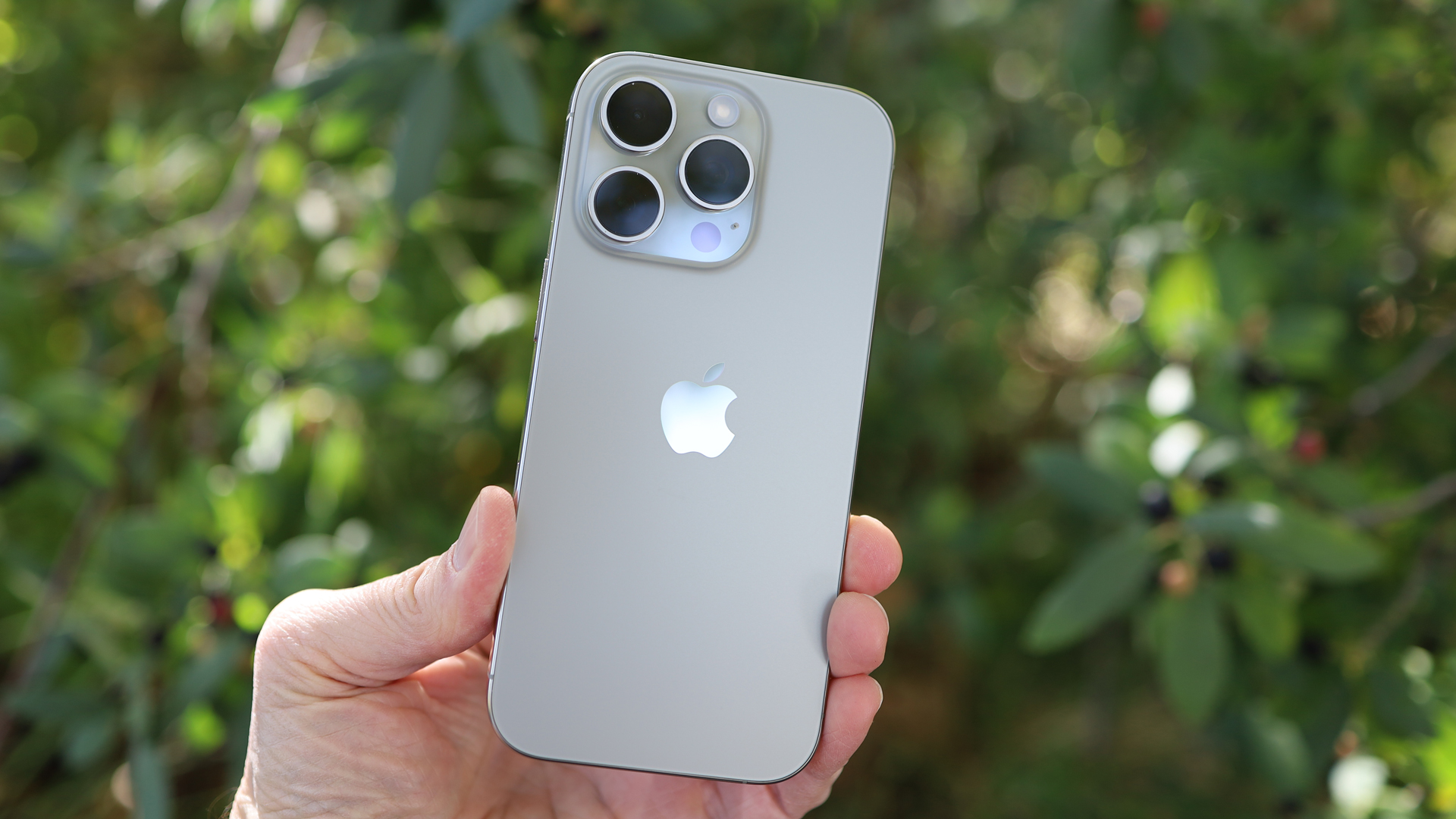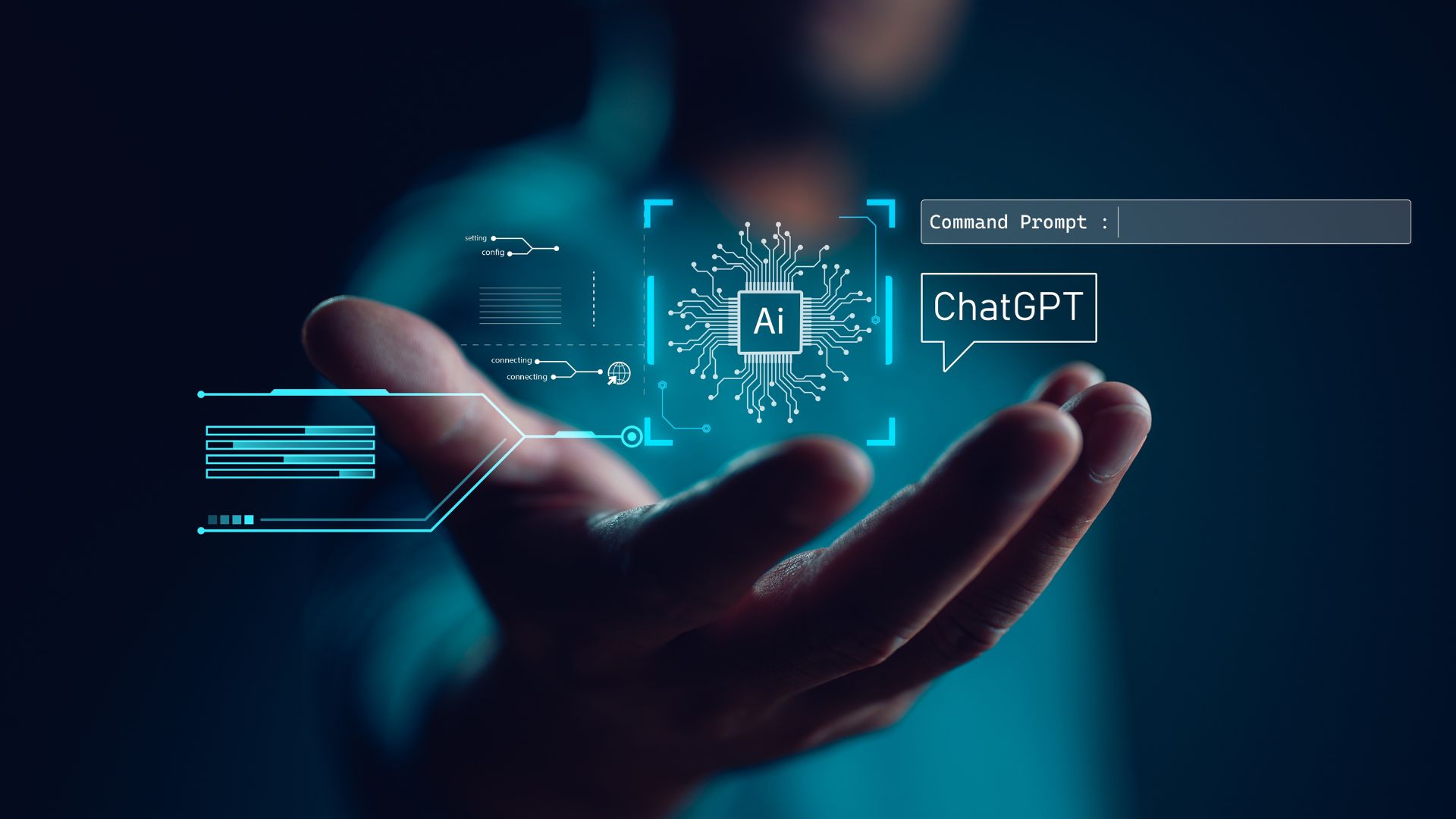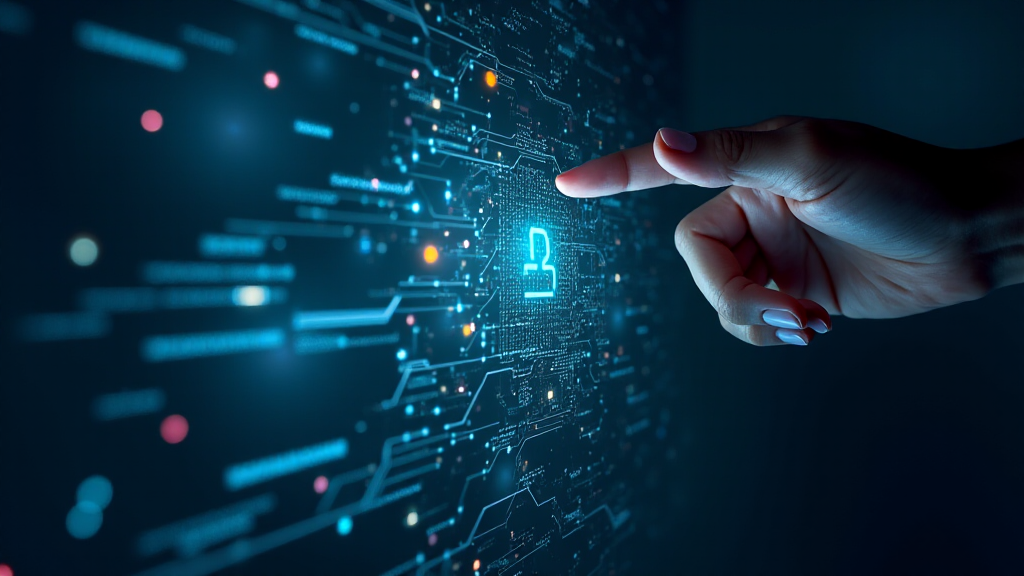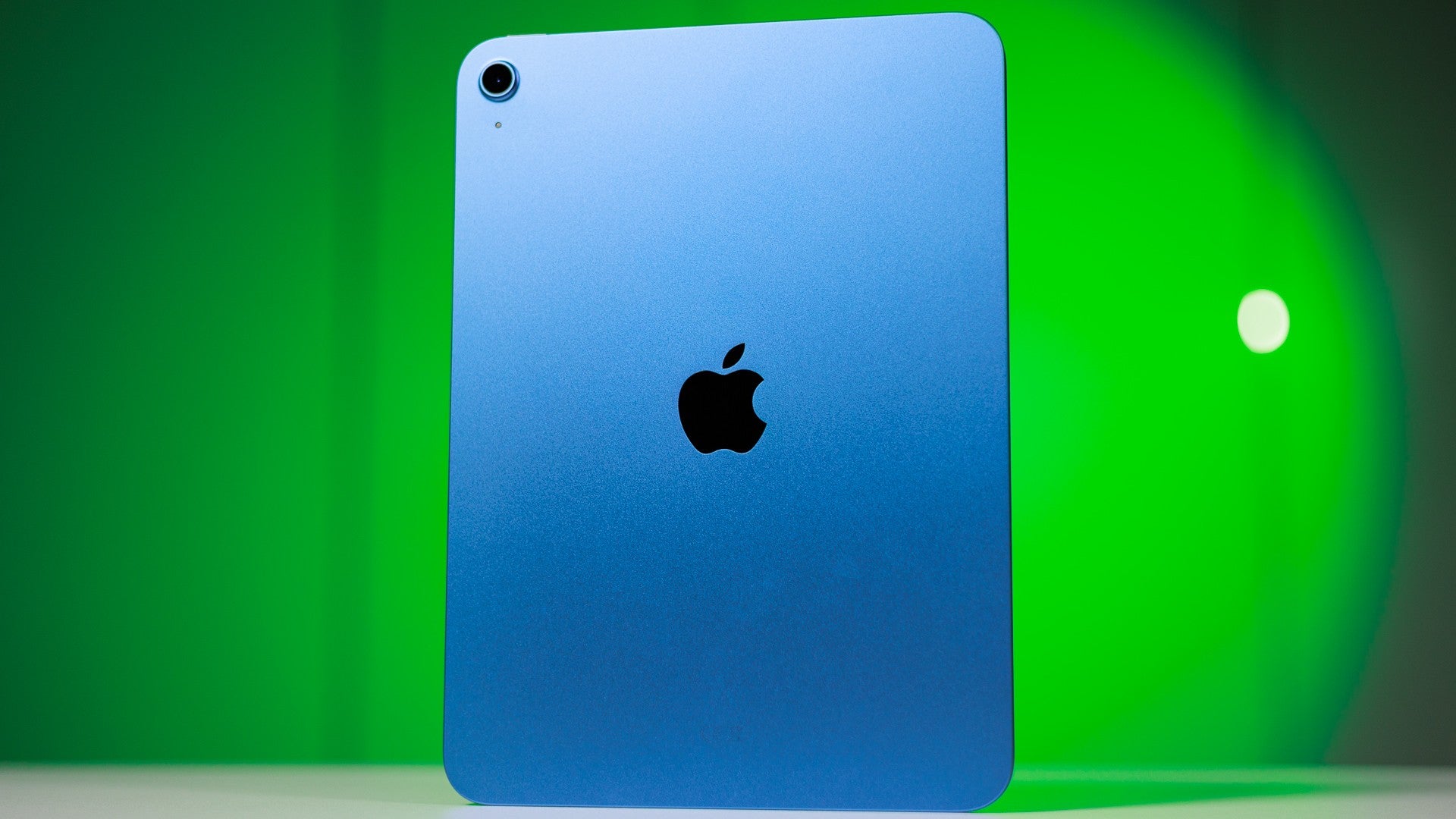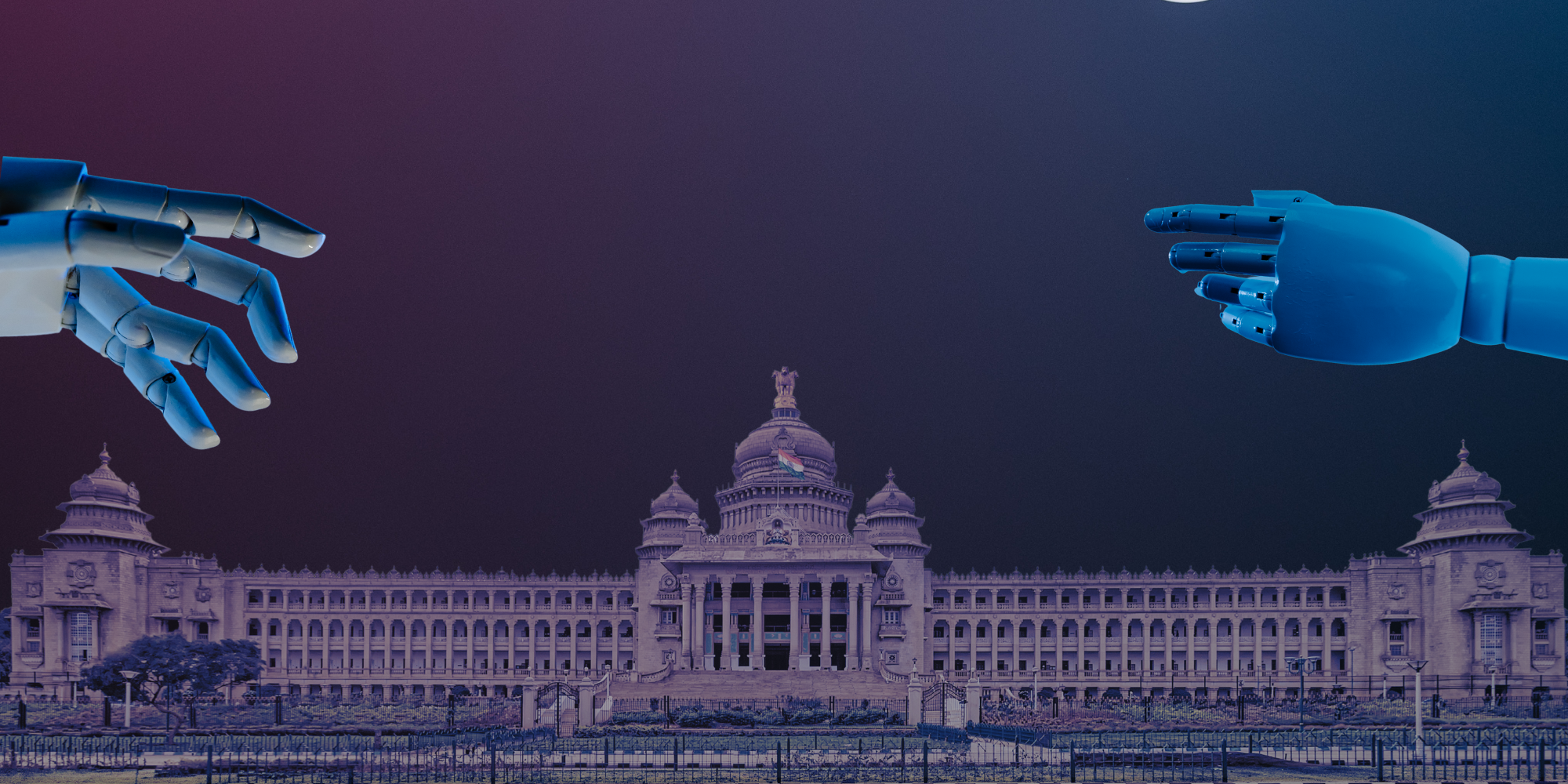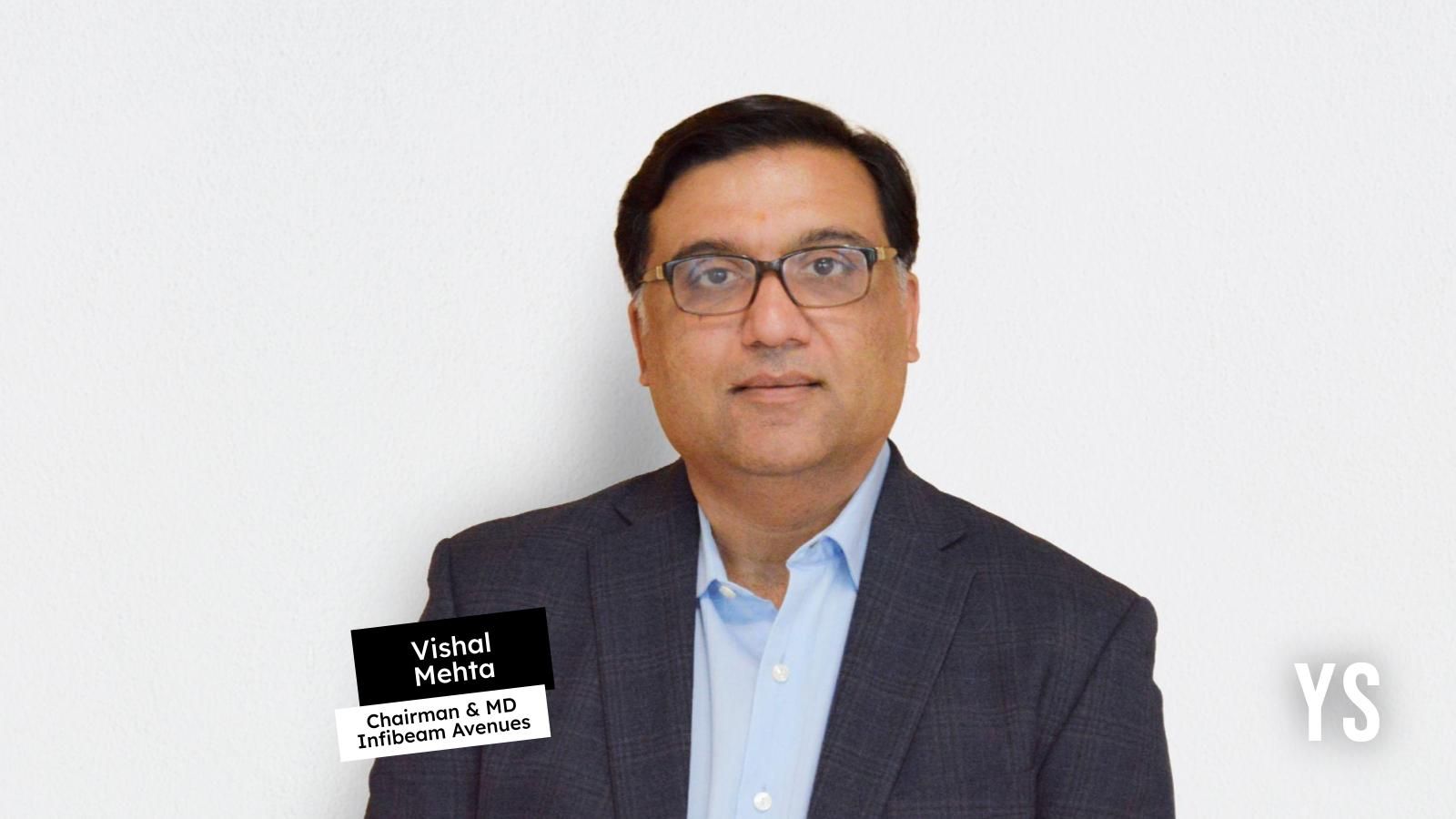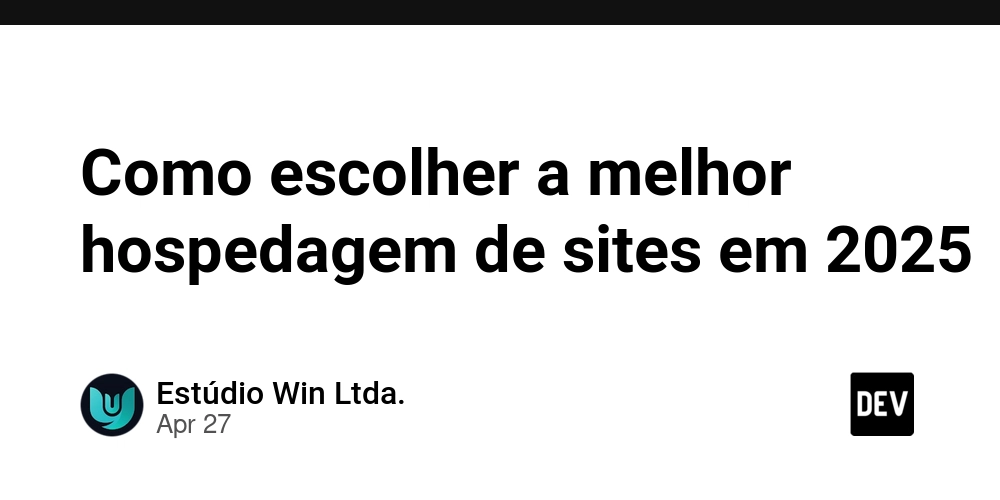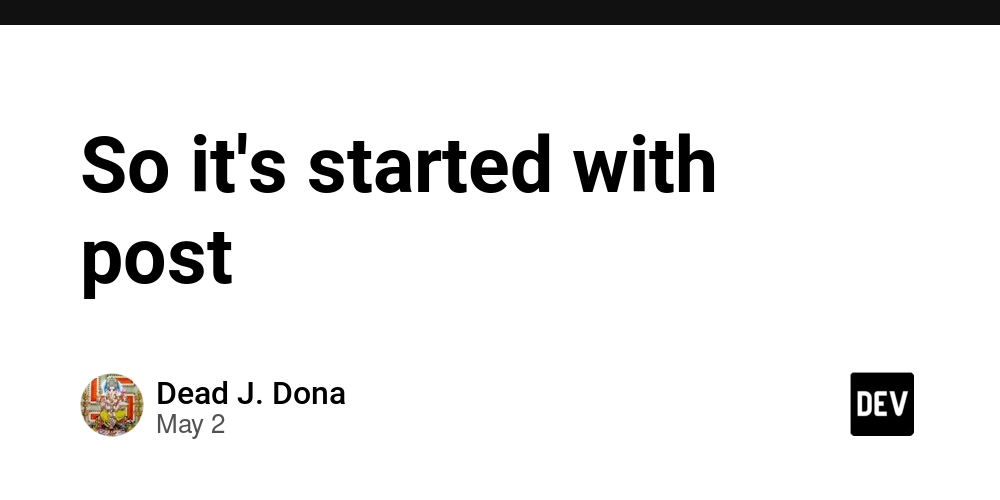Exploring SuperRare’s Integration with Arbitrum: Bridging Digital Art and Next-Generation Blockchain Solutions
Abstract SuperRare’s recent integration with Arbitrum is transforming the digital art landscape by combining quality curation with an advanced, scalable blockchain solution. This post dives into the evolution of NFT marketplaces, details the integration processes between SuperRare’s curated platform and Arbitrum’s Layer 2 scalability, and examines real-world applications, technical challenges, and future trends. With easy-to-read explanations, tables, bullet lists, and authoritative links such as What is Blockchain? and What is Arbitrum?, this guide is a must-read for developers, digital art collectors, and investors looking to stay ahead in this rapidly evolving ecosystem. Introduction The digital art revolution has brought blockchain technology to the forefront of creativity and investment. Among the pioneering platforms, SuperRare has set itself apart with a focus on quality, authenticity, and artist empowerment. Recently, SuperRare took a leap forward by integrating with Arbitrum, a robust Layer 2 scaling solution that dramatically reduces transaction delays and high fees traditionally faced on the Ethereum network. This integration is particularly significant because it enables near-instant transactions and lower costs, thereby unlocking a wider range of opportunities for digital artists and collectors. In this blog, we explore the context behind this partnership, the technical underpinnings, practical use cases, and a forward-looking analysis of how these innovations will influence the digital art and blockchain landscape. Background and Context Blockchain technology has redefined art markets over the past decade. Originally, NFT marketplaces operated primarily on Ethereum, which—with its rising popularity—brought challenges like network congestion and high gas fees. SuperRare emerged as a niche marketplace in 2018, focusing on exclusive, high-quality digital art, while emphasizing authenticity and recurring royalties for artists. At the same time, scalability issues on Ethereum prompted the development of Layer 2 solutions. Arbitrum is among the leading scaling technologies that use rollups to process transactions off the main chain, enabling faster, cheaper interactions while maintaining the robust security of Ethereum. More about these fundamental concepts can be found in the detailed guide on Why are NFTs Valuable?. The evolution of these technologies—from early blockchain experiments to today's sophisticated systems—creates a backdrop for the innovative integration between SuperRare and Arbitrum. This union not only boosts the efficiency and accessibility of digital art transactions but also reflects the broader push towards interoperability and decentralization in the blockchain ecosystem. Core Concepts and Features In combining SuperRare and Arbitrum, several key components come into play. This section breaks down the elemental concepts of each platform and illustrates how their synergies drive a more efficient and user-friendly environment. SuperRare and Its Digital Art Marketplace SuperRare's philosophy centers on quality and authenticity. Key features include: Curated Artist Network: Only a select group of digital artists can mint artwork on SuperRare, ensuring high quality and exclusive content. Provenance and Authentication: Every NFT is accompanied by verifiable blockchain data that certifies its originality. Royalty Mechanisms: Artists benefit from recurring royalties on secondary sales, ensuring sustained creative revenue. Arbitrum’s Role in Seamless Transactions Arbitrum has been designed to address some of the core challenges of Ethereum by offering: Layer 2 Off-Chain Processing: By handling transactions off the main chain, Arbitrum significantly reduces network congestion. Lower Transaction Fees: With rollup technology batching transactions, gas fees drop dramatically, making it cost-effective for both minor and major operations. Compatibility with Ethereum Smart Contracts: This ensures that existing decentralized applications (dApps) can operate seamlessly without extensive modifications. For further technical insight into Arbitrum’s mechanisms, refer to the explanation on Arbitrum Scalability Issues. Synergy of SuperRare and Arbitrum When combined, SuperRare and Arbitrum offer a harmonious blend of quality and efficiency. The integration process has involved updating smart contracts, adapting user interfaces, and ensuring robust security protocols—all while preserving the established reputation of both platforms. Below is a table summarizing the core overlaps and benefits: Feature SuperRare Arbitrum Combined Impact Transaction Speed Dependent on Ethereum mainnet speed Off-chain processing enables near-instant finality Faster, smoother art transactions Cost Efficiency High gas fees traditionally limit activity Reduced fees through rollup-based processing More affordable mark
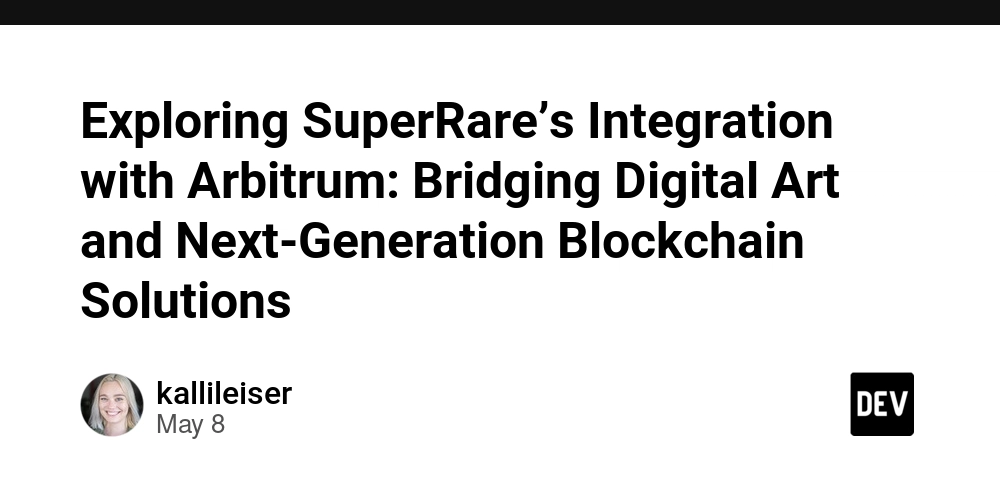
Abstract
SuperRare’s recent integration with Arbitrum is transforming the digital art landscape by combining quality curation with an advanced, scalable blockchain solution. This post dives into the evolution of NFT marketplaces, details the integration processes between SuperRare’s curated platform and Arbitrum’s Layer 2 scalability, and examines real-world applications, technical challenges, and future trends. With easy-to-read explanations, tables, bullet lists, and authoritative links such as What is Blockchain? and What is Arbitrum?, this guide is a must-read for developers, digital art collectors, and investors looking to stay ahead in this rapidly evolving ecosystem.
Introduction
The digital art revolution has brought blockchain technology to the forefront of creativity and investment. Among the pioneering platforms, SuperRare has set itself apart with a focus on quality, authenticity, and artist empowerment. Recently, SuperRare took a leap forward by integrating with Arbitrum, a robust Layer 2 scaling solution that dramatically reduces transaction delays and high fees traditionally faced on the Ethereum network.
This integration is particularly significant because it enables near-instant transactions and lower costs, thereby unlocking a wider range of opportunities for digital artists and collectors. In this blog, we explore the context behind this partnership, the technical underpinnings, practical use cases, and a forward-looking analysis of how these innovations will influence the digital art and blockchain landscape.
Background and Context
Blockchain technology has redefined art markets over the past decade. Originally, NFT marketplaces operated primarily on Ethereum, which—with its rising popularity—brought challenges like network congestion and high gas fees. SuperRare emerged as a niche marketplace in 2018, focusing on exclusive, high-quality digital art, while emphasizing authenticity and recurring royalties for artists.
At the same time, scalability issues on Ethereum prompted the development of Layer 2 solutions. Arbitrum is among the leading scaling technologies that use rollups to process transactions off the main chain, enabling faster, cheaper interactions while maintaining the robust security of Ethereum. More about these fundamental concepts can be found in the detailed guide on Why are NFTs Valuable?.
The evolution of these technologies—from early blockchain experiments to today's sophisticated systems—creates a backdrop for the innovative integration between SuperRare and Arbitrum. This union not only boosts the efficiency and accessibility of digital art transactions but also reflects the broader push towards interoperability and decentralization in the blockchain ecosystem.
Core Concepts and Features
In combining SuperRare and Arbitrum, several key components come into play. This section breaks down the elemental concepts of each platform and illustrates how their synergies drive a more efficient and user-friendly environment.
SuperRare and Its Digital Art Marketplace
SuperRare's philosophy centers on quality and authenticity. Key features include:
- Curated Artist Network: Only a select group of digital artists can mint artwork on SuperRare, ensuring high quality and exclusive content.
- Provenance and Authentication: Every NFT is accompanied by verifiable blockchain data that certifies its originality.
- Royalty Mechanisms: Artists benefit from recurring royalties on secondary sales, ensuring sustained creative revenue.
Arbitrum’s Role in Seamless Transactions
Arbitrum has been designed to address some of the core challenges of Ethereum by offering:
- Layer 2 Off-Chain Processing: By handling transactions off the main chain, Arbitrum significantly reduces network congestion.
- Lower Transaction Fees: With rollup technology batching transactions, gas fees drop dramatically, making it cost-effective for both minor and major operations.
- Compatibility with Ethereum Smart Contracts: This ensures that existing decentralized applications (dApps) can operate seamlessly without extensive modifications.
For further technical insight into Arbitrum’s mechanisms, refer to the explanation on Arbitrum Scalability Issues.
Synergy of SuperRare and Arbitrum
When combined, SuperRare and Arbitrum offer a harmonious blend of quality and efficiency. The integration process has involved updating smart contracts, adapting user interfaces, and ensuring robust security protocols—all while preserving the established reputation of both platforms. Below is a table summarizing the core overlaps and benefits:
| Feature | SuperRare | Arbitrum | Combined Impact |
|---|---|---|---|
| Transaction Speed | Dependent on Ethereum mainnet speed | Off-chain processing enables near-instant finality | Faster, smoother art transactions |
| Cost Efficiency | High gas fees traditionally limit activity | Reduced fees through rollup-based processing | More affordable marketplace participation |
| Security & Authenticity | Blockchain-backed digital art proofs | Maintains robust Ethereum security | Trustworthy transactions with verified provenance |
| Smart Contract Compatibility | Uses Ethereum-based contracts | Fully integrates with existing Ethereum dApps | Seamless innovation without re-engineering |
| Artist Revenue Models | Recurring royalties on secondary market sales | Supports microtransactions and cost-effective sales | Sustainable income streams for artists |
Applications and Use Cases
The integration of SuperRare with Arbitrum creates numerous possibilities for practitioners in the digital art and blockchain space. Let’s explore a few real-world scenarios:
1. Improved Digital Art Minting and Sales
An established digital artist was previously hindered by high gas fees and slow transaction confirmations. With the integration:
- Before Integration: Slow transactions and high costs limited participation and reduced revenue.
- After Integration: Lower fees and expedited confirmations drastically improve both the artist’s experience and collector engagement.
- Outcome: Increased demand, more frequent art drops, and vibrant secondary market trading.
Key Benefits:
- Lower operational costs for minting NFTs.
- Enhanced artist visibility owing to faster transaction times.
- Increased user participation, leading to a more liquid and dynamic marketplace.
2. Cross-Platform Collaborations and Interoperability
Digital art platforms increasingly see the value in interoperability. Before SuperRare integrated with Arbitrum, collaboration across various NFT marketplaces was challenging due to disparate network speeds and fee structures. Now:
- Scenario: Several curated art platforms integrate using Arbitrum’s Layer 2 solution.
- Outcome: These platforms can merge resources and share revenue models, leading to co-branded collections and joint initiatives.
Applications Include:
- Cross-chain collaborations by allowing art sold on one platform to be verifiable and tradable on another.
- Unified marketplaces that can serve a global audience without bottlenecks.
For a broader view on cross-chain benefits, see NFT Marketplaces Comparison.
3. Enhancing NFT Trading Platforms
Other NFT platforms are starting to incorporate similar Layer 2 solutions into their frameworks. This migration enables:
- Faster confirmation times for transactions.
- Dramatic fee reductions that encourage higher trade volumes.
- More stable secondary markets where liquidity and quick resales drive sustained community engagement.
Real-world examples such as the Beeple Genesis on Arbitrum: A New Chapter in the NFT Revolution demonstrate how significant these improvements are even for blockbuster digital art events.
Challenges and Limitations
Despite the benefits, several challenges surface with such integrations. Awareness of these potential pitfalls is crucial for developers and users alike.
Technical and Integration Challenges
-
Smart Contract Migration:
- Transitioning existing contracts to a new Layer 2 environment demands thorough testing and security audits.
-
User Interface Adaptations:
- Updating the front-end to reflect updated fee structures and transaction times is complex.
-
Interoperability Issues:
- Ensuring smooth communication between different blockchain layers and platforms can be challenging.
Adoption and Market Dynamics
-
User Resistance:
- Some users are hesitant to adopt new systems, preferring the familiarity of Ethereum mainnet operations.
-
Regulatory Uncertainty:
- The evolving legal landscape for NFTs and blockchain assets could impact adoption rates.
-
Market Volatility:
- The inherent volatility in NFT and cryptocurrency markets may affect blockchain investments and user confidence.
Security and Funding Concerns
-
Cybersecurity Risks:
- Increased complexity may expand the attack surface, necessitating constant vigilance.
-
Funding for Continuous Development:
- Relying on open source contributions, as highlighted in IBM’s Pioneering in Digital Innovation Open Source Blockchain and Open Source Developer Fundraising, funding remains a critical aspect for ongoing scalability improvements.
Bullet List of Key Challenges:
- Smart Contract Migration Complexities
- User Adaptation and Education
- Interoperability across Multiple Platforms
- Regulatory and Market Volatility Risks
- Cybersecurity and Funding for Development
Future Outlook and Innovations
Looking forward, the integration between SuperRare and Arbitrum is likely to set off a chain reaction of innovations across blockchain and digital art ecosystems.
Predicted Trends in NFT Marketplaces
-
Wider Adoption of Layer 2 Solutions:
- More NFT platforms will integrate with advanced scaling solutions to cut costs and speed up transactions.
-
Enhanced Interoperability:
- Cross-chain collaborations and data sharing will become standard, spurring creative co-branded projects.
-
Emergence of Augmented and Virtual Reality:
- Digital art could enter new realms via AR/VR, providing immersive experiences in virtual galleries.
-
Eco-Friendly Blockchain Practices:
- Innovations in data compression and off-chain processing may reduce energy usage and improve sustainability.
Innovations in Blockchain Technology
-
Smart Contract Evolution:
- Future smart contracts may self-optimize based on network conditions, further accelerating transactions.
-
Data Compression Advances:
- Improvements in how transaction data is condensed can result in even faster processing on Layer 2 networks.
-
Decentralized Funding Models:
- Open source funding and collaborative revenue models, as discussed in Navigating the Funding Maze for Open Source Developers, will create more resilient ecosystems.
The Role of Open Source and Developer Communities
Open source remains the backbone of blockchain innovation. By fostering transparent collaboration and shared resources, communities can drive continuous improvements. Initiatives like Unveiling a Unique Licensing Model: An In-Depth Look at Realnetworks Public Source License demonstrate the value of collaborative funding and sustainability for the future of decentralized technologies.
Summary
SuperRare’s integration with Arbitrum marks an exciting evolution in the digital art space, merging top-tier artistic curation with the efficiency of a modern Layer 2 blockchain solution. This powerful combination not only makes transactions faster and significantly more cost-effective but also provides artists and collectors with an enhanced, secure, and sustainable platform.
The key takeaways from this post include:
- Enhanced Transaction Speeds: Thanks to Arbitrum’s off-chain processing, transaction delays are minimized.
- Cost Efficiency: With lower gas fees, the barrier to entry for aspiring artists and collectors is reduced.
- Interoperability and Collaboration: The digital art and blockchain ecosystems are moving towards greater interoperability, which fosters innovation through cross-platform integrations.
- Future Trends: With advancements in smart contracts, AR/VR integration, and sustainable funding models, the NFT landscape is poised for exciting new developments.
As the digital art market expands, developers, investors, and creative professionals must stay updated with these technological trends. Integrations like SuperRare on Arbitrum set a precedent for future platforms, illustrating that with the right combination of technology and creative vision, blockchain can truly transform art, culture, and commerce.
For more technical details, insights on token economics, and the future of NFTs, explore additional resources such as What is an NFT Wallet? and articles on the evolving NFT Marketing.
Engaging in open discussion, contributing to open source projects, and embracing innovations like these are key for anyone interested in reshaping the digital art marketplace. As ecosystem leaders explore these avenues, one can expect a more diverse, resilient, and creative future for blockchain-based digital art.
By seamlessly integrating quality digital art with cutting-edge blockchain scalability, SuperRare on Arbitrum is leading a paradigm shift. Whether you are an artist, developer, or investor, staying informed about these breakthroughs is essential for navigating the evolving digital economy.
Additional Reading and References:
- What is Blockchain?
- What is Arbitrum?
- NFT Marketplaces Comparison
- IBM’s Pioneering in Digital Innovation Open Source Blockchain
- Beeple Genesis on Arbitrum: A New Chapter in the NFT Revolution
Key SEO Keywords:
SuperRare integration, Arbitrum scalability, digital art NFT, Layer 2 blockchain, Ethereum gas fees, NFT marketplaces, blockchain interoperability, open source innovation, smart contract migration, NFT trading platforms.
This comprehensive guide aims to serve as both an educational resource and a call to action—encouraging industry stakeholders to embrace new technologies and pave the way for the next generation of digital art platforms.















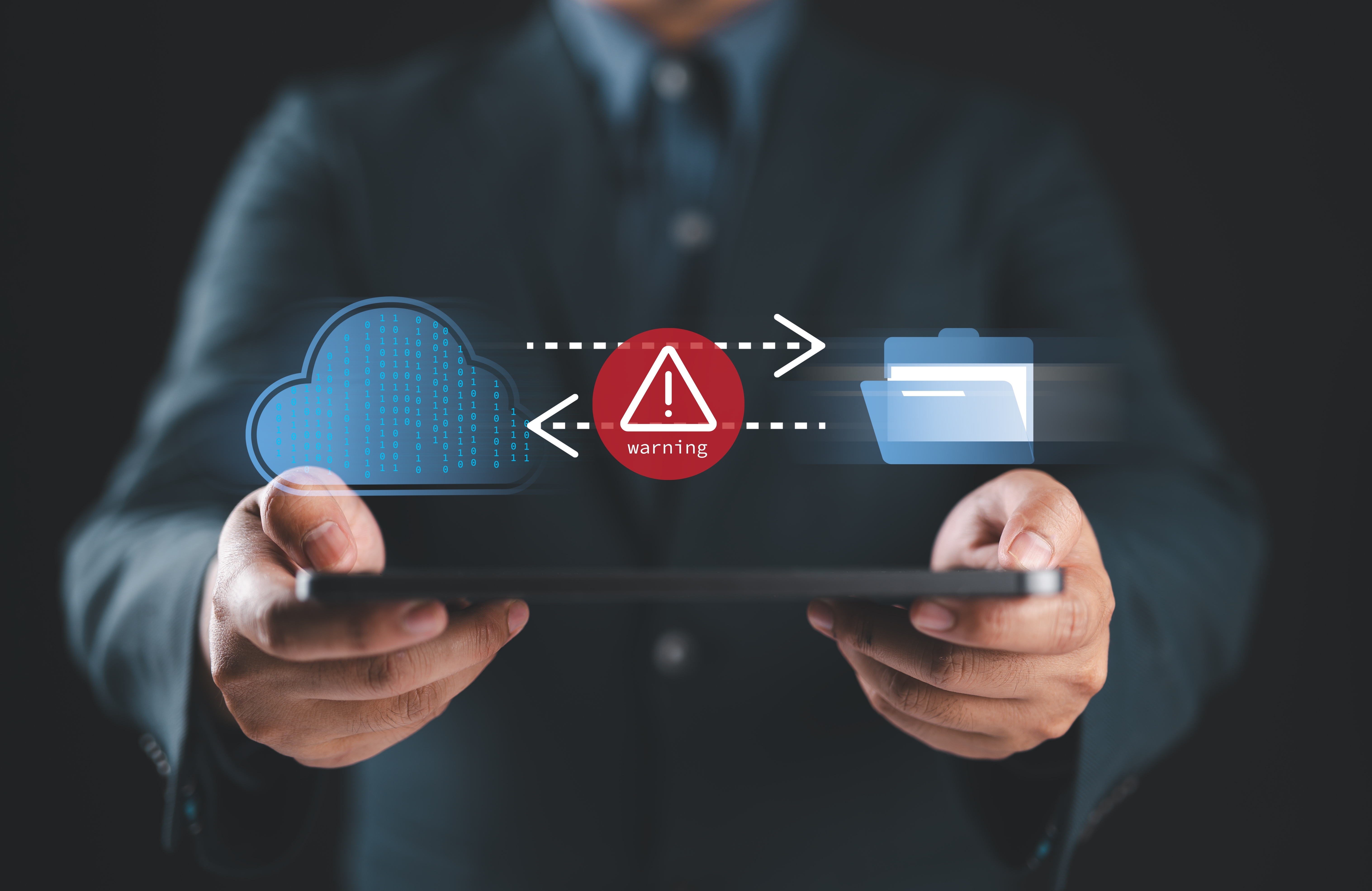


























































































































































![[The AI Show Episode 146]: Rise of “AI-First” Companies, AI Job Disruption, GPT-4o Update Gets Rolled Back, How Big Consulting Firms Use AI, and Meta AI App](https://www.marketingaiinstitute.com/hubfs/ep%20146%20cover.png)










































































































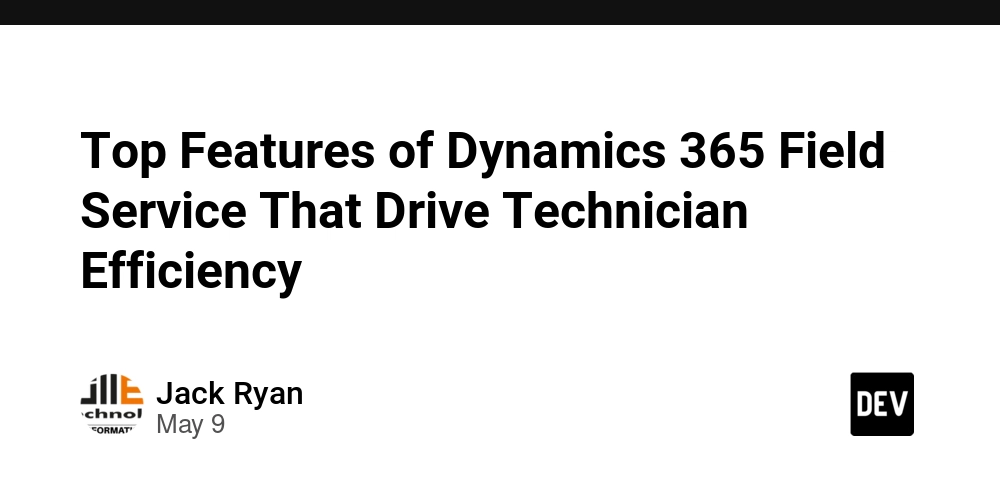
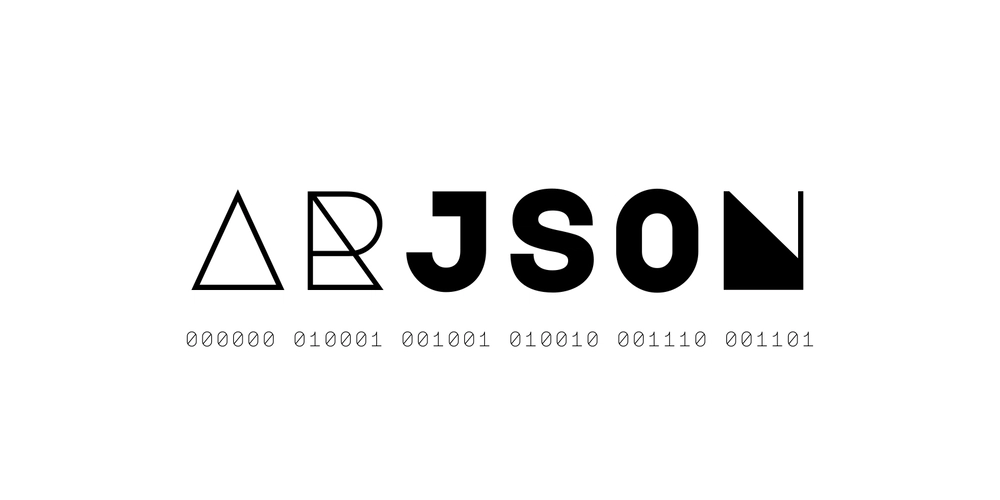















































































































































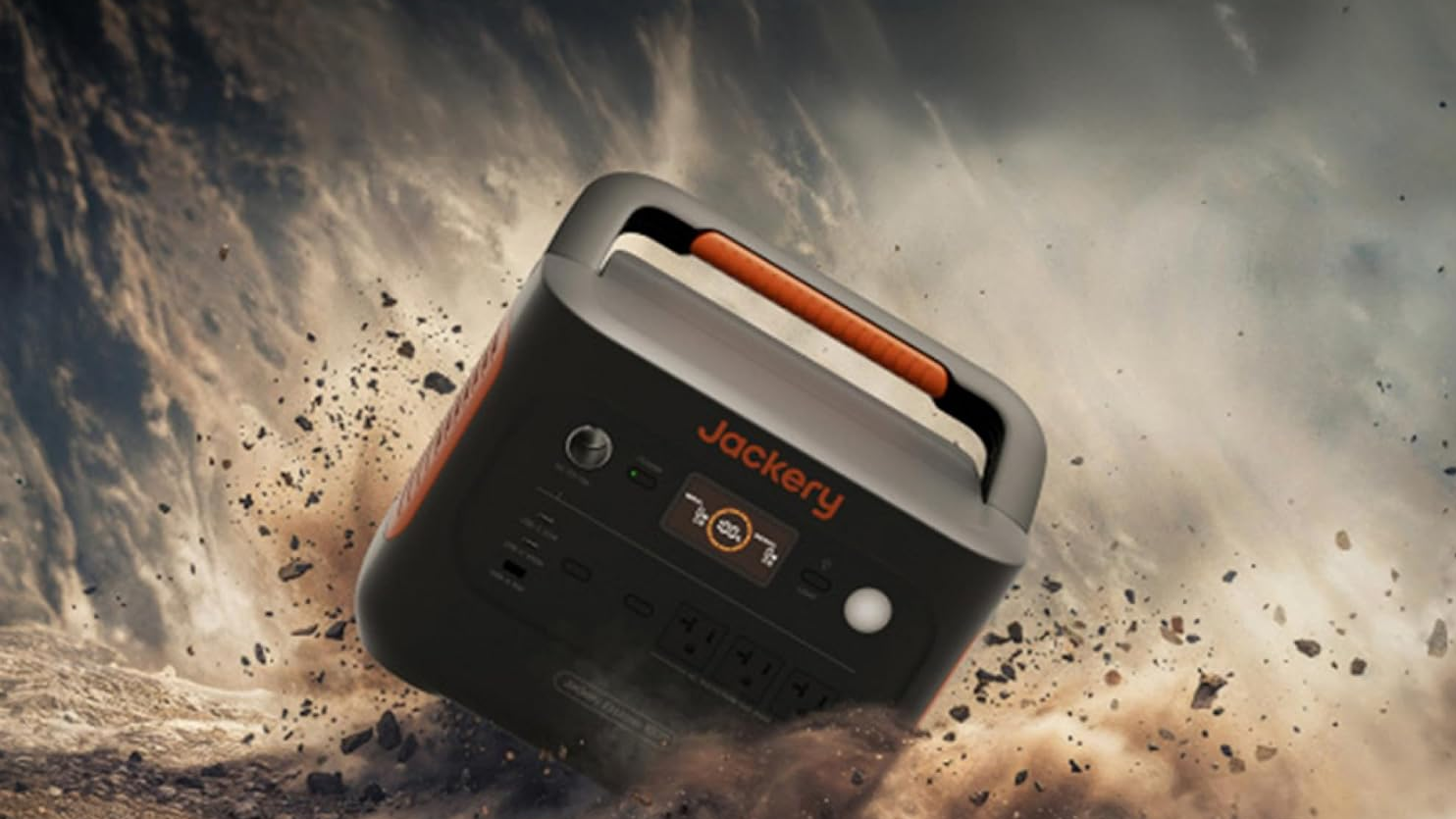

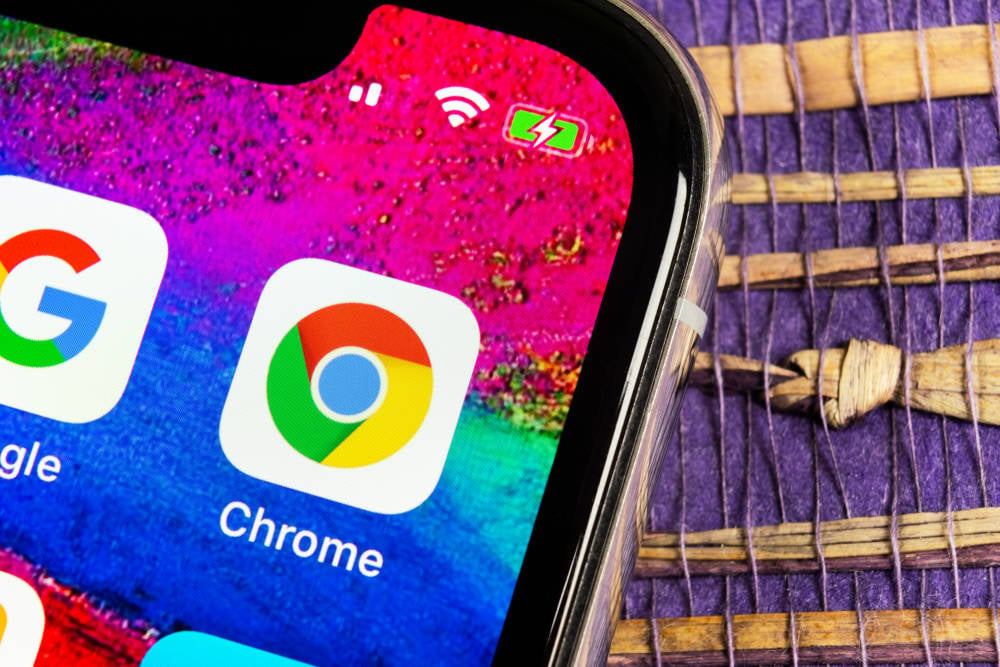












_Aleksey_Funtap_Alamy.jpg?width=1280&auto=webp&quality=80&disable=upscale#)
_Sergey_Tarasov_Alamy.jpg?width=1280&auto=webp&quality=80&disable=upscale#)
























































































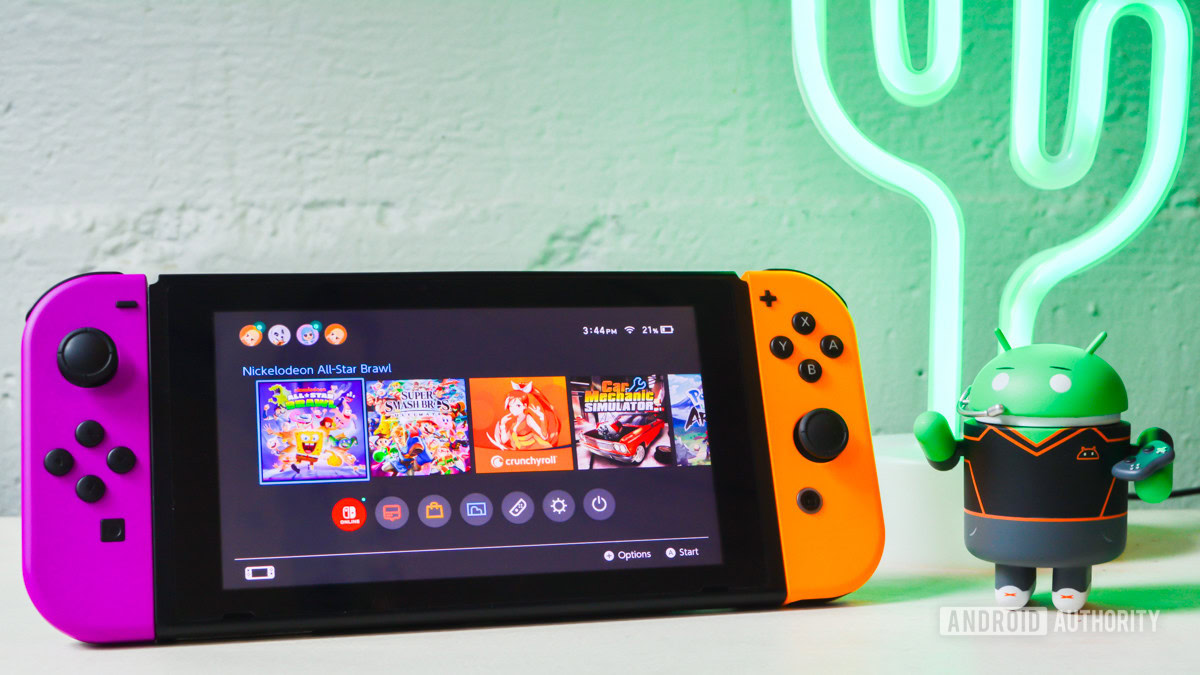



















![Apple Foldable iPhone to Feature New Display Tech, 19% Thinner Panel [Rumor]](https://www.iclarified.com/images/news/97271/97271/97271-640.jpg)
![Apple Developing New Chips for Smart Glasses, Macs, AI Servers [Report]](https://www.iclarified.com/images/news/97269/97269/97269-640.jpg)
![Apple Shares New Mother's Day Ad: 'A Gift for Mom' [Video]](https://www.iclarified.com/images/news/97267/97267/97267-640.jpg)
![Apple Shares Official Trailer for 'Stick' Starring Owen Wilson [Video]](https://www.iclarified.com/images/news/97264/97264/97264-640.jpg)
















